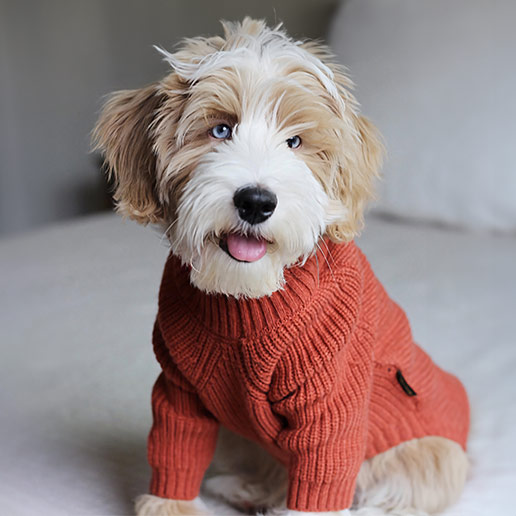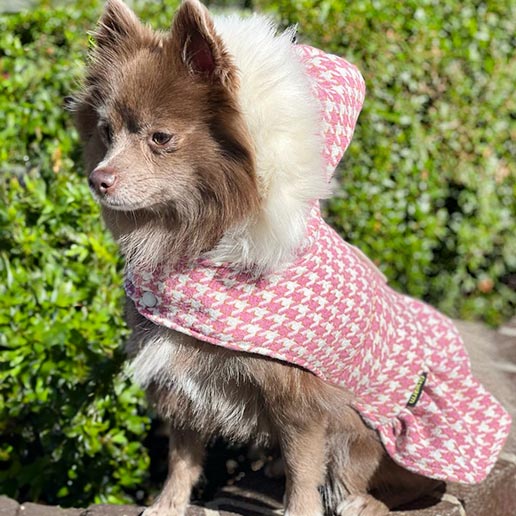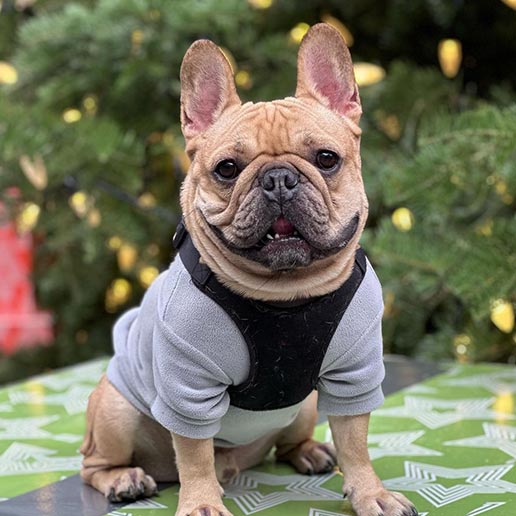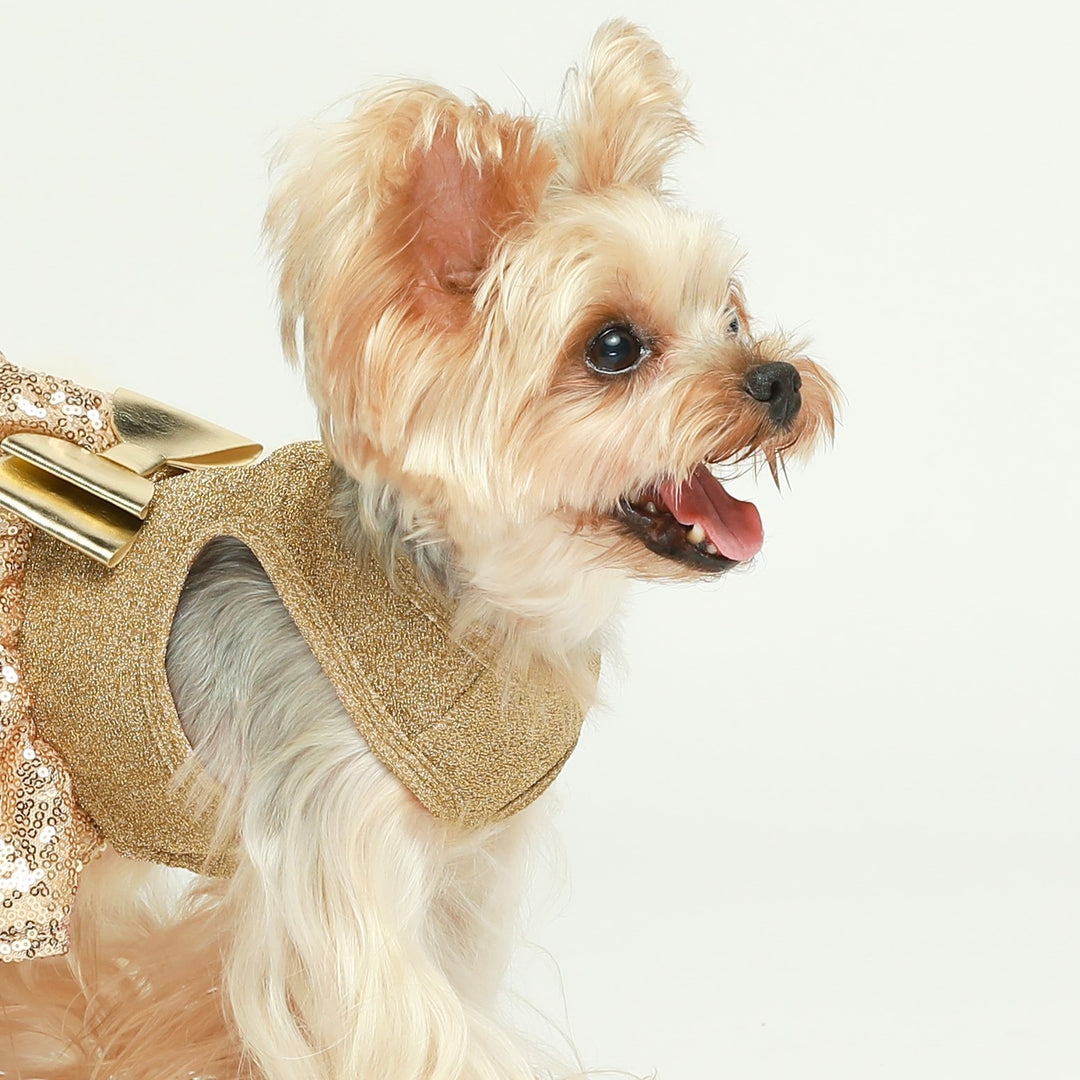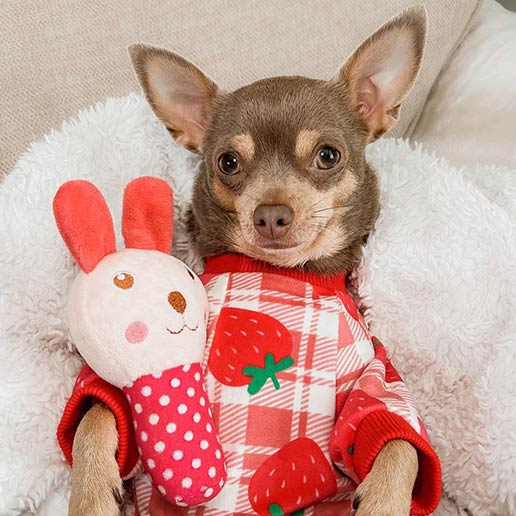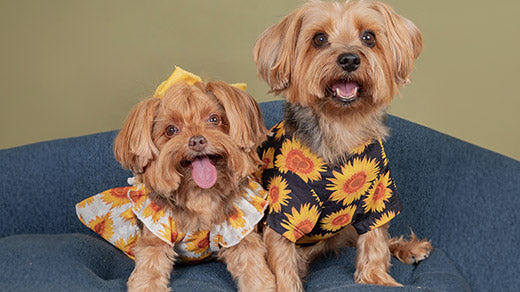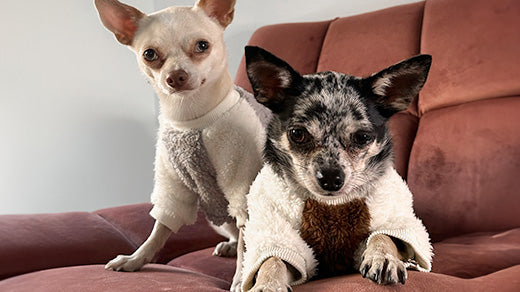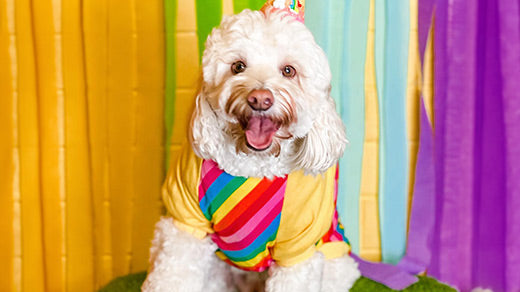How to Deal with Separation Anxiety in Dogs
Seeing your dog tear through pillows or howl the house down when you leave can tug at your heartstrings. It’s not just mischief; it’s a sign of separation anxiety, a common issue that affects many dogs and, in turn, their owners. In this guide, we’re diving into the why and how—exploring why some furry friends struggle more when alone, recognizing the signs, and offering a basket of solutions to help. You’ll get practical tips and strategies to ease your dog’s stress and make their solo time much more peaceful. Let’s help our four-legged pals feel calm and secure, even when we can’t be right there beside them.

What Is Separation Anxiety?
Separation anxiety in dogs isn’t just a phase; it’s a real condition where a dog experiences extreme stress whenever they’re left alone. Imagine the anxiety that clings to you during a scary movie, and picture your dog feeling that level of distress every time you step out the door—that’s what separation anxiety can feel like for them.
Defining the Condition
At its core, separation anxiety is when a dog becomes overly attached or dependent on their family members and panics in their absence. This panic can manifest in various disruptive and destructive behaviors, which are really cries for help rather than acts of disobedience.

Seeing the Signs
If your pup follows you from room to room, trembles as you grab your keys, or starts whining as soon as you put on your coat, they might be showing early signs of separation anxiety. It’s these little clues that can indicate whether your dog is simply sad to see you go or if they’re experiencing a deeper sense of anxiety.
Recognizing the severity of your dog’s response is crucial. While all dogs might bark or paw at the door for a few minutes after you leave, those with separation anxiety won’t settle down easily. They could engage in more intense behaviors, such as destructive chewing, nonstop barking, or even self-injury by attempting to escape.

Which Signs Indicate Your Dog Has Separation Anxiety?
It’s not always easy to tell if your dog misses you or if they’re wrestling with separation anxiety. Knowing what to look for can help you distinguish between a minor case of the blues and a more serious stress response.
Behavioral Red Flags
Let’s talk about the behavior that might raise a red flag. If your dog does a demolition job on the furniture, goes potty indoors when they’re usually well-trained, or relentlessly digs and chews at doors and windowsills, these could be signs they’re not just bored—they’re anxious.

Physical Symptoms to Watch For
Dogs can’t tell us they’re stressed, but their bodies often will. Excessive drooling, panting, or shedding can all be physical symptoms of anxiety. Keep an eye out for these, especially if they mostly happen when you’re getting ready to leave.
Emotional Tells
Dogs are emotional beings, too. You might notice your dog becomes visibly upset as departure time approaches—this could involve pacing, trembling, or becoming unusually clingy. These emotional tells are important indicators that your dog might be struggling with the thought of being alone.

Why Do Some Dogs Develop Separation Anxiety?
Ever wondered why some dogs seem to sail smoothly through hours alone, while others fret and fuss? Let’s unpack the puzzle of why separation anxiety strikes some dogs but leaves others unfazed.
It’s in the Genes
First off, some breeds are simply more prone to anxiety due to their genetics. Dogs bred for companionship, like Chihuahuas or French Bulldogs, might naturally find it tougher when their human pals aren’t around. Others, like guard dogs or working breeds, may have higher thresholds for solitude.

Life Changes Can Trigger Stress
Dogs thrive on routine. When their world gets rocked by big changes—like a move, a new family member, or a shift in the daily schedule—it can throw them for a loop. For sensitive pups, these transitions can be particularly tough, leading to lingering anxiety when they’re left by themselves.
Past Experiences Matter
If you’ve got a rescue dog, their history might be a mystery, and past negative experiences could left a mark. Previous neglect or extended periods in a shelter may have etched a deep fear of abandonment into their memory, making alone time seem extra daunting

How to Treat Your Dog’s Separation Anxiety
Sometimes, despite our best efforts, our pups can still get a case of the sads when we’re out and about. If your dog is already showing signs of separation anxiety, don’t sweat it. Here are some handy tips to help your furry friend keep their cool when you’re not around.
Stay Chill About Leaving
Dogs are super smart about picking up our vibes. If you make a big emotional scene every time you leave, your pup might think it’s a huge deal. Try to keep things low-key. Grab your keys, give your buddy a pat, and head out like it’s no biggie.This behavior suggests a deeper connection and raises the question: Can dogs understand human emotions? Their reactions might reveal more about our own feelings than we realize.

Bust Out the Fun Toys Only When You Leave
There are toys, and then there are awesome toys—the kind that keep your dog busy figuring stuff out. Puzzle toys with treats inside or a frozen peanut butter-filled Kong can be like a fun project for them. Save these toys for when you leave so they have something to look forward to.
Cue Up Some Tunes or TV
Some dogs dig having a bit of background noise—it makes them feel less alone. A calming playlist, an audiobook, or some animal-friendly programming on TV can provide some much-needed company while you’re out.

Work It Out Before You Head Out
A tired dog is a happy dog. Go for a good long walk or have an epic game of fetch before you need to leave. If your dog’s spent a bunch of energy, they’ll be more inclined to nap and relax while you’re gone.
Consider Doggy Daycare or a Dog Walker
If your schedule means your dog has to be alone more than they’d like, think about a doggy daycare or hiring a dog walker. It’s a great way for them to hang with other humans or pups and keeps their mind off missing you.

Training and Professional Help
Sometimes, the anxiety is real tough, and you might need some backup. There are pros who specialize in helping anxious dogs. Consider finding a certified animal behaviorist or a trainer who uses positive reinforcement techniques.
Don’t Punish the Pup
If you come home to a chewed-up shoe or an accident on the carpet, keep your cool. Your dog isn’t being spiteful; they’re stressed! Punishing them can make the anxiety worse, so breathe deep and focus on positive changes instead.

Homecoming Shouldn’t Be a Blockbuster Event
When you get back home, if you act like you just won the lottery, your dog will too. Keep greetings mellow so they learn that your coming and going are normal parts of the day, not reasons to freak out.
Final Thoughts
Separation anxiety is a common issue, but with the right approach, it’s one that you and your dog can overcome together. Tackling separation anxiety not only improves your dog’s quality of life but also strengthens the bond between you two. A stress-free dog is a happy dog, and a happy dog makes for a harmonious home. Never hesitate to reach out to professionals if you need extra help.Veterinarians, dog trainers, and animal behaviorists can provide invaluable support on your journey to relieving your dog’s separation anxiety.



